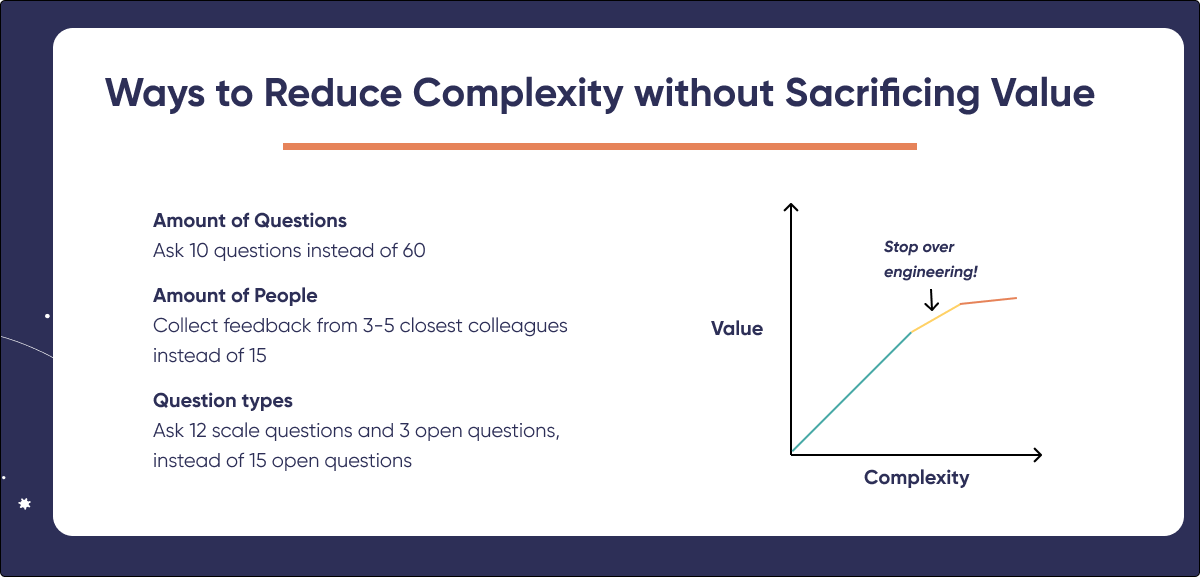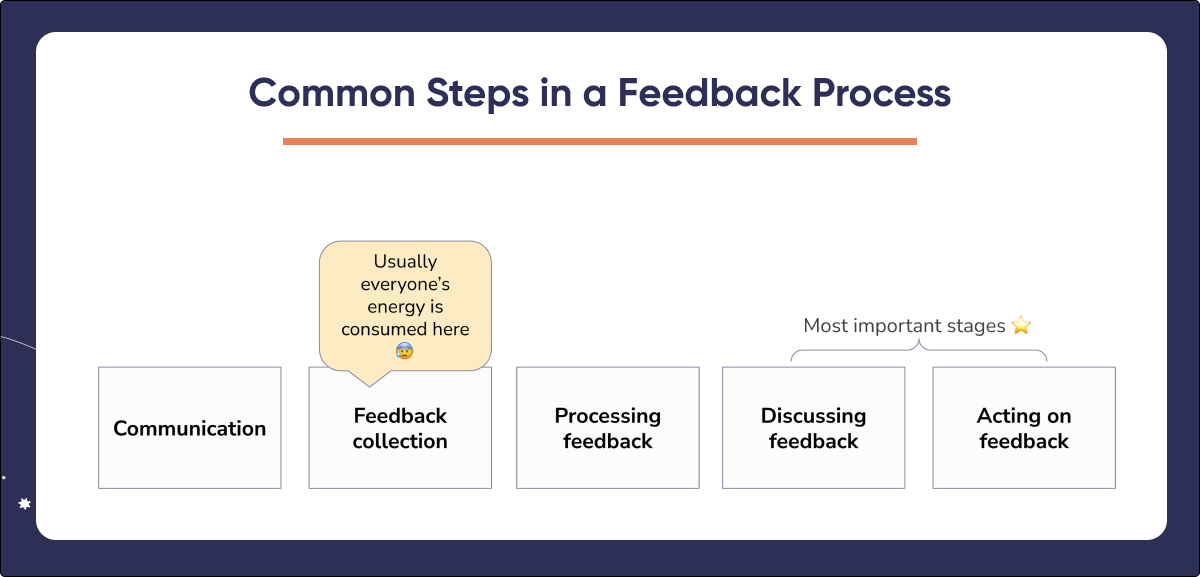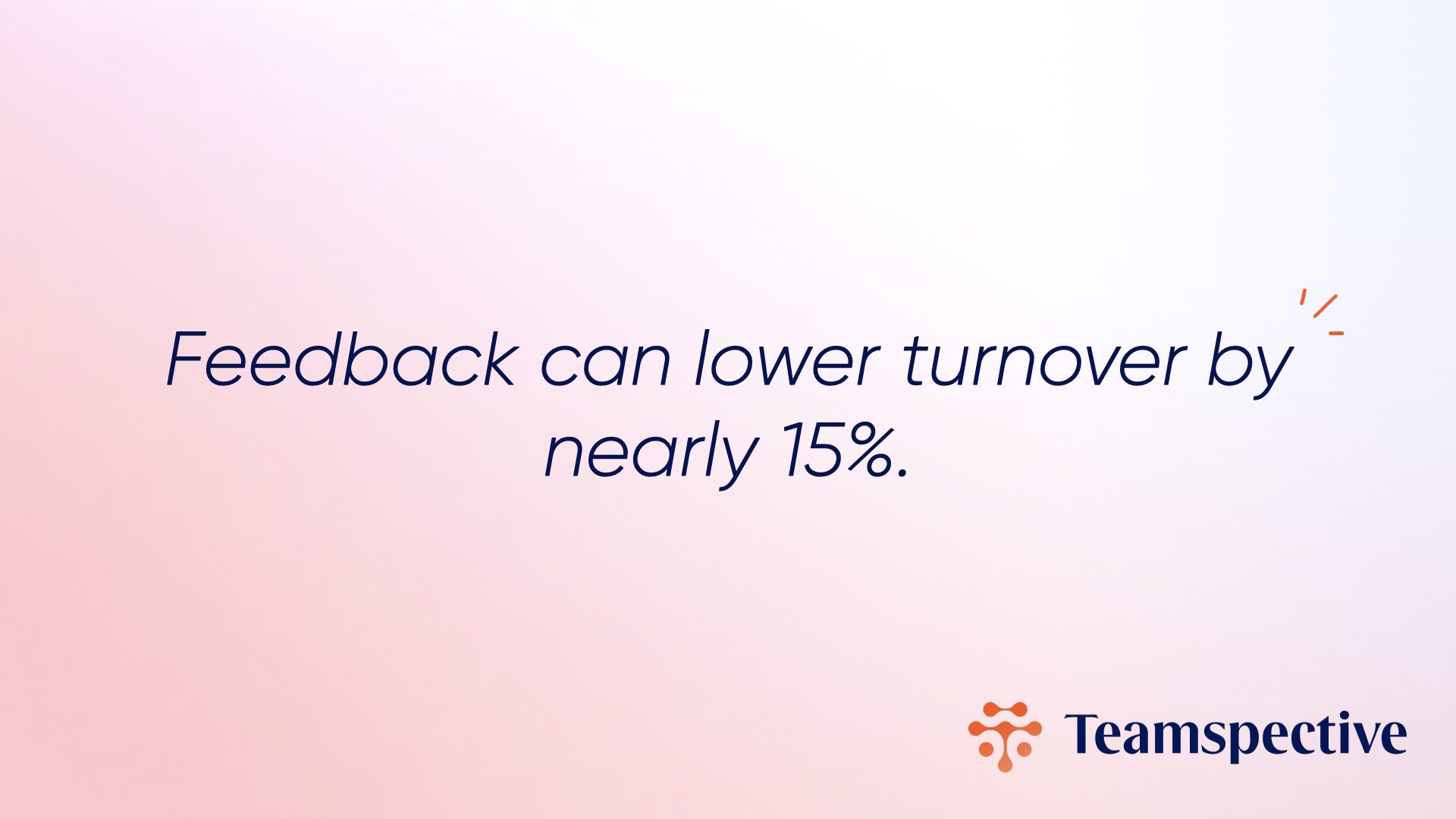Employee Listening Strategy: A Leader's Guide to Workplace Engagement
August 11, 2025From what I’ve seen, companies that really listen to their people do better than those that don’t. Research supports this. Engaged employees help companies achieve 23% higher profits and 18% more productivity.
After 10+ years in leadership positions, I’ve seen many companies struggle with one big issue: truly understanding how their employees think and feel. The ones that get it right grow stronger. They build better teams, keep more employees, and create workplaces where people enjoy contributing.
So, what’s the secret? A strong employee listening strategy.
From what I’ve seen, companies that really listen to their people do better than those that don’t. Research supports this. Engaged employees help companies achieve 23% higher profits and 18% more productivity. The short guide will explore the benefits of employee listening, the key components of an employee listening strategy, and how to build one in your company.
What is an Employee Listening Strategy?
An employee listening strategy is a clear plan for collecting, understanding, and acting on employee feedback. It’s your guide to learning what drives your team, what challenges they face, and what they need to do great work.
Listening well means going beyond the usual surveys. It’s about creating many ways for employees to safely share their thoughts. This can include short surveys, one-on-one talks, anonymous feedback tools, group discussions, and other employee listening tools.
The goal is to build trust and show employees that their voices matter. When they see that their feedback leads to real action, they become more engaged and committed to the company’s success.
Listen to Your People
Track engagement and wellbeing continuously and ensure leaders take action on all levels of the organization – effortlessly in Slack or MS Teams.
Key Components of an Employee Listening Strategy
Over the years, I’ve noticed that the best employee listening strategies share common elements. These parts work together to build a system that turns employee feedback into meaningful results. Let’s go over the key building blocks I’ve seen work in real organizations.
Multiple Feedback Channels
Using just one way to gather feedback doesn’t give you the full picture. That’s why I recommend using several tools:
- Pulse surveys: Short and frequent surveys to track how people feel over time
- Anonymous suggestion boxes: Digital or physical places for private feedback
- One-on-one meetings: Regular chats between managers and team members
- Focus groups: In-depth conversations with specific employee groups
- Exit interviews: Feedback from employees who are leaving
Real-Time Data Collection
Waiting six months between surveys doesn’t work anymore. The best companies use real-time tools that collect feedback right away. This could be a quick poll after a meeting or a short form after a training session.

Clear Communication Loops
Many companies struggle here. You must tell employees what you learned and what you’re doing about it. I always say: if people don’t see change, they’ll stop sharing.
Leadership Accountability
Leaders must be part of the process. The best strategies train managers on how to ask for feedback, listen carefully, and respond in a helpful way.
How to Build an Employee Listening Strategy
After setting up listening strategies in many industries, I’ve built a simple method that works in any organization. The goal is to build trust from the start. Here’s the process I use to help companies create strategies that bring real change.
Step 1: Define Your Objectives
First, be clear on what you want to achieve. Do you want to lower turnover? Increase engagement? Find training gaps? Your goals will shape your whole strategy.
Start with 2 or 3 main goals. For example:
- Increase engagement scores by 15% in one year
- Reduce turnover by 20%
- Improve communication between teams
Step 2: Choose Your Methods and Tools
Once you know your goals, pick the right tools to gather feedback. Think about your workforce. Remote staff may prefer online surveys, while on-site workers may prefer face-to-face chats.
Leadership enablement tools can make this easier. They combine surveys, performance data, and team insights to give leaders a full view of their team’s health.
Step 3: Create a Timeline
Consistency is more important than how often you collect feedback. Whether you send surveys every month or every quarter, stick to the plan. Employees should know when and how they can share their thoughts.
Include in your timeline:
- Monthly or quarterly pulse surveys
- One big yearly survey
- Ongoing one-on-one meetings
- Surveys after major events or changes

Step 4: Train Your Leaders
This step often gets missed. Managers need the skills to really listen. I’ve seen many strategies fail because managers lacked the necessary skills or competencies.
Focus training on:
- Active listening
- Asking open questions
- Handling defensive responses
- Turning feedback into action
Step 5: Establish Response Protocols
Before you collect feedback, decide how you’ll respond to it. Have clear plans for different types of feedback, from small ideas to serious concerns like harassment.
Employees should know:
- When they’ll hear back
- Who sees their feedback
- What kinds of changes can happen
Step 6: Measure and Adjust
Like any business plan, your listening strategy should be reviewed often. Track how many people respond, how useful the feedback is, and whether your goals are being met.
Benefits of an Employee Listening Strategy
I’ve seen how a strong listening strategy can change a company. The benefits go far beyond better survey scores. A good strategy improves every part of the business. When done right, it becomes a major advantage. Here’s what you can expect:
Improved Employee Engagement
People are more engaged when they feel heard. When companies listen well, engagement scores go up. Highly engaged employees are three times more likely to feel heard at work than disengaged ones.
Better Decision Making
Employee feedback gives you insights you won’t find in meetings. Frontline workers understand customer needs and process issues in ways leadership can’t always see. Good feedback leads to better productivity, new ideas, and fewer problems at work.
Reduced Turnover
Employees stay longer when they feel their voice matters. I’ve seen companies with strong listening cultures keep more people. Gallup shows that feedback can lower turnover by nearly 15%. Engaged employees are less likely to leave.

Increased Innovation
Great ideas often come from those doing the day-to-day work. When employees feel safe sharing, they come up with creative solutions that help the business grow.
Enhanced Trust and Psychological Safety
Listening builds trust. When employees feel safe to speak up, they’re more open, collaborative, and honest. This creates high-performing teams. In fact, teams that feel safe and engaged are 21% more profitable.
Proactive Problem Solving
Listening helps you catch issues early before they become big problems. Companies that gather feedback regularly can fix things faster.
Making Your Employee Listening Strategy Work
The best strategies I’ve seen have a few things in common. They start with leaders who are serious about change. They use the right tools. And they keep improving over time.
Remember: listening is only the first step. Employees are watching to see what you do with their input. Companies that act on feedback build cultures of trust—and that leads to lasting success.
Leadership enablement tools can support this process. They give managers what they need to act on feedback in a clear and organized way. Just make sure you choose tools that match your company’s culture and how your people communicate.
Building a strong employee listening strategy takes effort, but the payoff is worth it. Companies that truly listen don’t just create better workplaces. They gain a long-term competitive edge.



